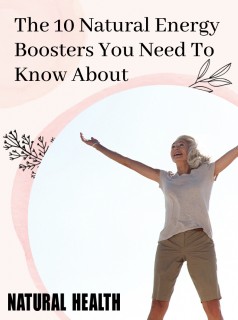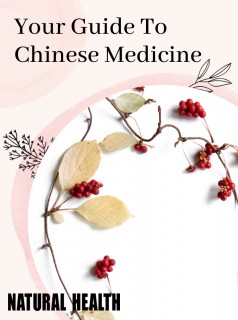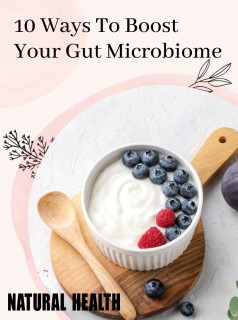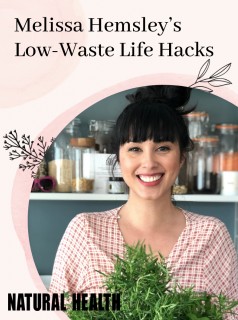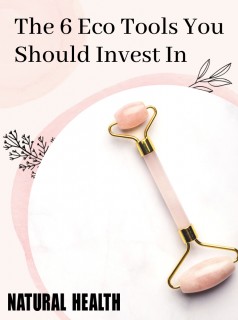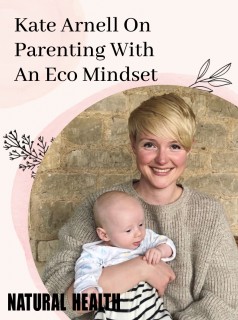Soya beans have long been synonymous with health, yet not without some controversy…
Soya beans have long been synonymous with health, yet not without some controversy…
Soya products are plentiful in the Japanese diet; supporters claim this is the reason the country has lower incidence of some cancers, especially breast cancer. Detractors claim it can actually increase the risk of the very same disease. At the same time, women being treated for breast cancer were advised to avoid soya altogether in the belief that it could reduce the effectiveness of medication, despite its ‘healthy’ reputation.
So, is it safe, or should it be avoided? Soya foods are low in saturated fat while still being a complete protein. They are the primary dietary source of isoflavones, most notably genistein and diadzein, substances that act as phyto oestrogens and gently mimic the effects of real oestrogen in the body. It is this action that has caused concern in relation to breast cancer, but the good news is that the American Institute for Cancer Research (AICR) has reached a definitive conclusion declaring soya products not only safe, but advisable for women. The AICR analysed data and concluded that ‘daily consumption of 1-2 servings of soya foods has the potential to lower breast cancer risk and, for some cancer survivors, can lower mortality and tumour recurrence rates’.
But what is a serving? Typically this might mean a glass of unsweetened soya milk and 50-100g of tofu, tempeh or soya mince daily. You could complement this by adding in other elements from the Japanese diet: steamed fish, fresh vegetables, miso soup and green tea. Eating the Japanese way also means fewer saturated fats, refined sugars and processed carbs. However, soya is a source of phytic acid, an antinutrient which can reduce the absorption of minerals, especially zinc and iron. Furthermore, plain soya isn’t especially palatable and so is often flavoured or sweetened.
As with all things, no one food makes a diet good or bad, it’s a combination of what we eat that ensures good health. Including soya in a balanced diet is your best bet but having it in moderation is key. There is no need to abandon every soya food, yet research hasn’t assessed long term repercussions of a large intake. I think the guidelines set out by the AICR are sensible for the wider population and so a little plain soya milk in a cup of coffee, or some tofu chopped into a salad, or fresh soya beans mixed with rice or quinoa and served alongside fish could offer the best of both worlds – reduced saturated fats, a complete protein and a healthy dose of isoflavones for good measure.
Ian Marber is a renowned nutritionist and health writer. ianmarber.com
Article by
Ian Marber
Principle Nutrition Consultant
Nutrition consultant, founder of The Food Doctor but independent since 2011
Discover more
Article by
Ian Marber
Principle Nutrition Consultant
Nutrition consultant, founder of The Food Doctor but independent since 2011
Discover more


 By Ian Marber
By Ian Marber 








